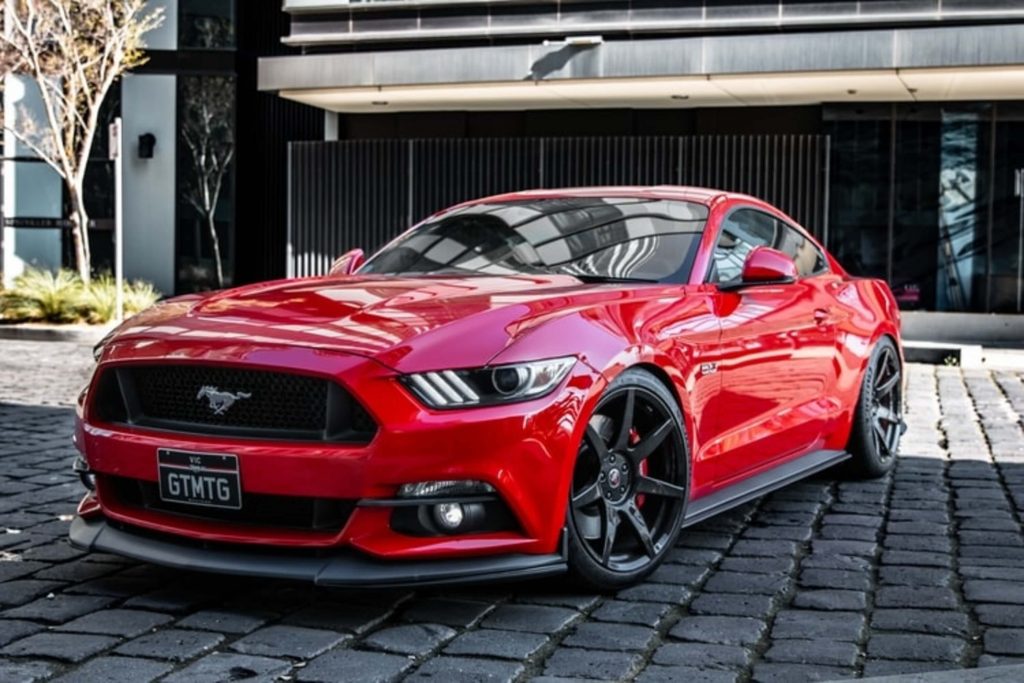So, you’re considering shipping your car across the country. If you can’t afford to fly or drive it yourself, hiring a professional carrier might be the best option. But before making any decision, you best understand all of the risks involved. It’s understandable if you find this daunting, but it doesn’t have to be complicated. After all, you’re just going to choose between open-car transport and enclosed trailer, right? Here are some differences between the two methods to help you decide.
What is Open-Air Car Transport?
Before hopping on the specifics, it’s best to understand car shipping methods in their most basic terms. Starting with open car or open-air transport, this is the most typical type of auto shipping used for moving things. Basically, your car will be put onboard a roofless trailer, hence the term open air.
What is Enclosed Car Transport?
On the other hand, an enclosed trailer has a roof atypically used for long-distance moves or transporting unique cars. Specifically, it has walls to keep the external environment or weather elements from making contact with your vehicle during the duration of the trip.
Difference in Cost
According to move.org, the average cost to ship a vehicle is about $1290. Obviously, open car transport is cheaper than enclosed auto shipping. The cost of an open cargo carrier can range anywhere from $600 to $1200 for long distances and averaging at $1080. Meanwhile, the price for an enclosed trailer could be as much as $2000 or more, depending on several other factors.
Pros and Cons of Open-Air Car Transport
No procedure is perfect, so here are some of the strengths and weakness of shipping your car on an open-air trailer:
First, for the pros:
- Cheap: You already know that open-air is cheaper. That being said, it’s best used for regular or used cars or even on short trips.
- Easier to Book: There are more open-air car trailers on the road than enclosed ones. It’s pretty convenient to book a sched, especially if you need the car delivered ASAP.
- Faster: Without any roofs and walls, an open-air trailer consumes less fuel and will arrive faster than an enclosed one (as long as they carry the same weight).
Now, for the cons:
- Riskier: Since cars on an open-air trailer are exposed to the outside environment, the risks of damage or scratches are higher.
Here’s one big tip for shipping on an open-air truck: request your car to be put in top load so you won’t have to worry about another vehicle falling on yours.
Pros and Cons of Enclosed Trailer Transport
Honestly, there aren’t many disadvantages to using this method, but it’s worth being informed. So as for the pros:
- Safer: Contrary to weather exposure in open-air, enclosed trailers protect your car not only from the rain, sun, or snow but also from scratching with other vehicles inside.
- White-glove transportation: Enclosed trailers are often associated with top-tier companies that specialize in transporting expensive vehicles. That’s why they offer excellent customer service, better insurance coverage, and of course, almost 100% damage-free shipping.
Sounds too good? Here is the one and only con:
- Much more expensive: In exchange for the convenience and security that this method provides, it’s only natural that carriers will charge extra for the service.
So yes, if you want the safest option possible for your car, an enclosed trailer is the way to go.
Other Factors that Affect Car Shipping Costs
Method of transport is just one of the many factors you have to consider when shipping a car. Other things that can affect the price include:
- Distance to the designated location
- Type of delivery (door-to-door or terminal pick up)
- Current location
- Timeframe
- Type, size, and weight of the vehicle
- Time of the year

Additional Tips
Even though an enclosed trailer is the safer option, the operation’s success still falls on your carrier’s expertise and capability to handle the delivery. As most blogs would suggest, you should never take research for granted. Make sure to ask appropriate questions before signing a contract. It would also help to check the carrier’s license and visit their website for credibility. Lastly, keep calm and enjoy the process. It’s not every day that you’ll be shipping a car. Cheers!

